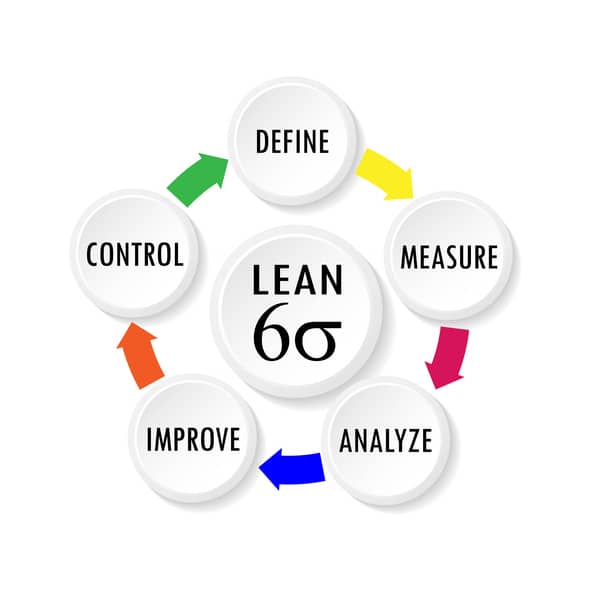A career in the military isn’t like other careers.
Day-one orientation isn’t a short video and a packet about health benefits – it’s a weeks-long test of mental and physical endurance. Business trips don’t end at client sites or conferences; they take you to military bases and warzones all around the world. And the foundational skills you develop aren’t necessarily spreadsheet management, human resources compliance, or breakroom etiquette.
Instead, a military career leaves you with intrinsic skills like punctuality, uniformity, attention to detail and resilience.
While that sounds beneficial, those types of skills don’t always translate cleanly to a civilian workplace. Think about a tech startup that encourages employees to work from home, or a product development firm who embraces last-minute changes and haphazard creativity through their Agile methodology – these environments can be foreign territory for someone who grew accustomed to the rigid precision of the military.
For many veterans (as well as their spouses and dependents), hitting the civilian job market can be intimidating, but it doesn’t have to be. With the continued growth of process improvement methodologies like Six Sigma and Lean, veterans have an opportunity to utilize their military skills as a Six Sigma certified professional.
Organizations Want People Who Understand Six Sigma
If the U.S. military were an organization, it would be the largest, most powerful organization in the world. In order to remain effective, an entity of that size and weight absolutely has to prioritize efficiency. It’s ingrained in every military process – the way soldiers dress, the way information is communicated, the way resources are allocated and more.
That type of mindset aligns with a philosophy called Lean Six Sigma, which is a combination of the process improvement methods of Lean and Six Sigma, and focuses on reducing waste as a means for decreasing process defects and increasing productivity and efficiency.
Employees versed in Lean Six Sigma practices are in high demand. With increased attention on cyberthreats and security, a former Servicemember who has a security clearance and a Six Sigma certification could be the most sought-after type of candidate for thousands of jobs around the world.
Veterans might already have the security clearance, but here’s how to get certified in Six Sigma.
Six Sigma Certification
There are three levels of Six Sigma certification, listed here from least comprehensive to most comprehensive:
- Green Belt – this certification provides a basic understanding of statistical analysis, as well as the ability to analyze and solve process-related problems. Certification typically requires three years of relevant work experience in a full-time role.
- Black Belt – this focuses more on leadership and decision-making, as they pertain to process improvement. To qualify, applicants need at least three years of relevant work experience, and successful completion of at least one Six Sigma-related project.
- Master Black Belt – those who complete their Master Black Belt certification have the skills and knowledge necessary to act as liaisons with upper management, and coaches for others who are interested in learning about process improvement. To qualify, applicants need at least five years of Black Belt experience, as well as successful completion of at least five Black Belt projects.
Whichever certification servicemembers choose should correspond with the type of work they’re hoping to do outside of the military, but regardless of which certification path they choose, they’re headed in a good direction. Six Sigma has been the missing piece for many former servicemembers who hope to make a difference in their post-military careers.



